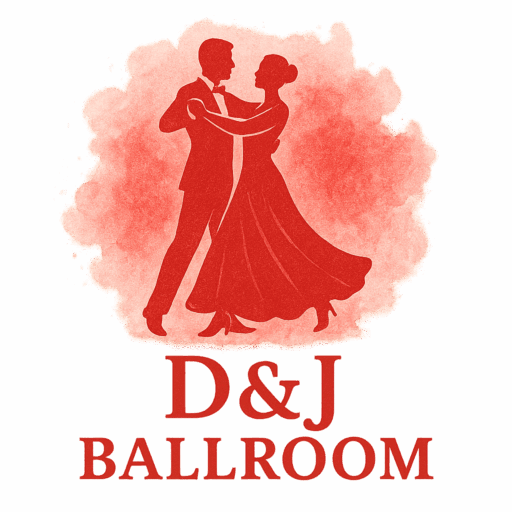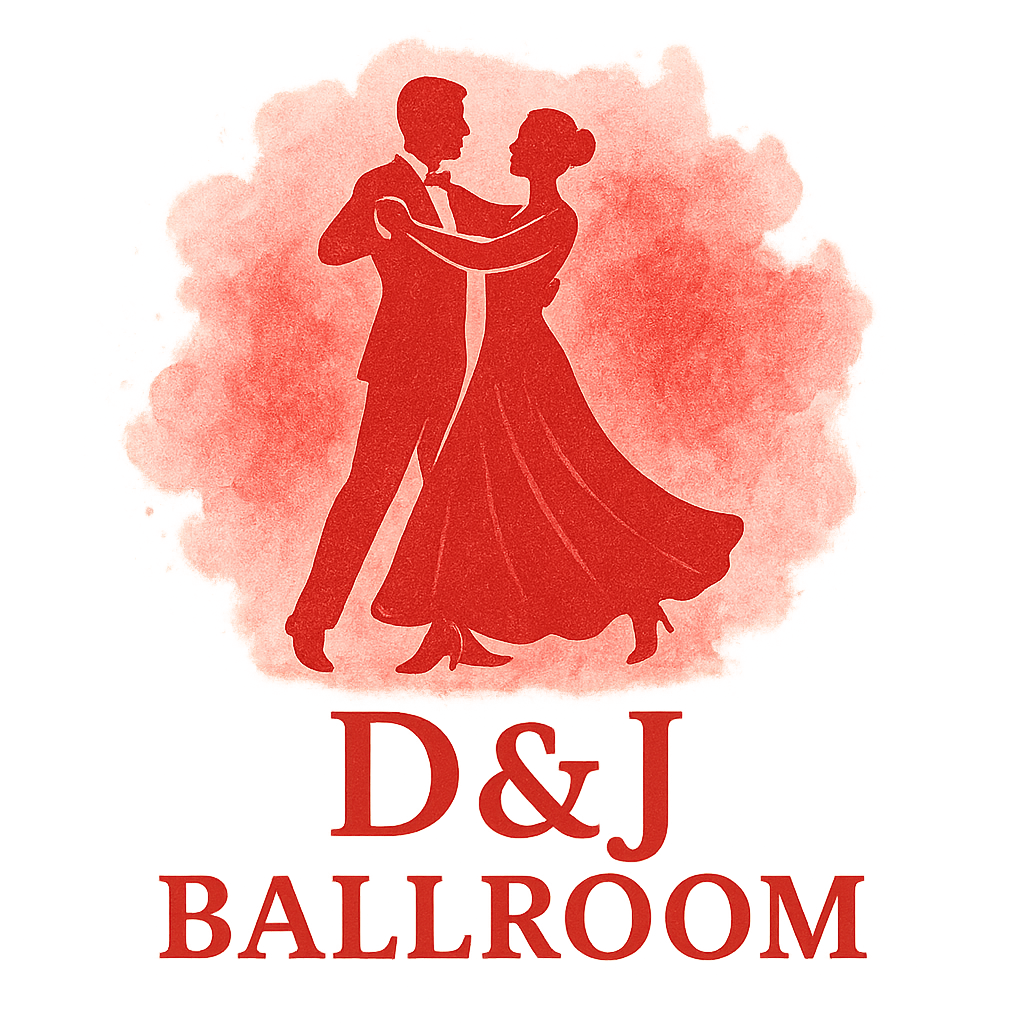Introduction: Why Fabric Matters in Ballroom Dance
Let’s be honest—ballroom dancing isn’t just about the steps. It’s about telling a story with every movement, and nothing supports that narrative better than the right fabric. Whether you’re gliding through a waltz or snapping into a tango, your outfit plays a starring role. And trust me, not all fabrics are created equal when it comes to grace, flow, and performance.
So if you’re picking an outfit or designing your next competition piece, you’re probably wondering—what fabrics should I really go for? Let’s get into the 5 fabric types ideal for ballroom dance outfits and why each one deserves a spotlight.
The Role of Movement and Aesthetics in Ballroom Outfits
Flow and Flair: Dancing in Style
Ballroom dance costumes are designed not just to fit but to flow—literally. The fabric must respond to spins, dips, and lifts in ways that enhance your movement, not hold it back.
Comfort and Performance Go Hand-in-Hand
While looking dazzling is a must, so is comfort. Imagine dancing a quickstep in a stiff dress—no thanks. Breathability, flexibility, and durability all come into play.
1. Satin: The Classic Elegance
Why Satin Is a Staple
Satin has long ruled the ballroom, and for good reason. With its high-gloss surface and soft underside, satin creates that iconic shimmer under stage lights. Plus, it drapes like a dream.
Best Uses for Satin in Ballroom Outfits
Satin is perfect for ballgowns, waltz dresses, and smooth competition pieces where grace and glide are key.
Pairing Satin with Design Trends
Want to mix classic and contemporary? Pair satin with mesh inserts or sequins for a balanced look. For more ideas, check out Ballroom Attire & Fashion for inspiration.
2. Lycra/Spandex: The Ultimate in Flexibility
Stretch to Impress
There’s nothing quite like Lycra or Spandex when it comes to flexibility. These materials move with you, making them ideal for Latin dances or any routine that demands lots of stretching, twisting, or acrobatics.
Ideal Garments for Spandex-Based Designs
Think bodysuits, fitted tops, and leggings—any part of your outfit that needs to hug the body without restricting motion.
Performance Boost with Lycra Panels
Many dancers incorporate Spandex panels into dresses that are otherwise made of chiffon or satin. It’s the perfect way to blend elegance with athletic performance. Explore more about blending technique and training materials at Ballroom Techniques & Training.
3. Chiffon: Airy Beauty on the Dance Floor
Light as Air, Strong in Visual Impact
Chiffon brings magic to the dance floor. It’s lightweight, sheer, and incredibly flowy, making it ideal for ballroom skirts that swirl and sway with your every move.
Chiffon Skirts That Make Heads Turn
When layered, chiffon skirts create a floating illusion, perfect for styles like the foxtrot and Viennese waltz. They move like poetry in motion.
Care Tips for Chiffon Dresses
Pro tip: Always hand-wash or dry clean chiffon. It’s delicate, but if you treat it right, it’ll make you look like royalty.
Discover how styles vary by dance with Ballroom Dance Styles and filter by your favorite looks.

4. Velvet: Rich Texture with a Retro Touch
Bringing Luxury to the Floor
Want to channel old-school Hollywood glam on the floor? Velvet’s got you covered. This rich, plush fabric offers depth and drama, especially under spotlights.
Styling Velvet for Modern Ballroom
While velvet once had a “vintage-only” vibe, modern designs are giving it a fresh twist. Think velvet bodices paired with chiffon skirts or velvet with rhinestone accents for sparkle.
Mixing Velvet with Sheer or Shine
Velvet pairs well with sheer fabrics and metallic details. It’s the contrast that creates drama and elegance—essential ingredients for a winning performance.
Explore more luxurious fabric pairings at Ballroom Fashion and see how velvet takes center stage.
5. Mesh: Versatility Meets Drama
Where Functionality Meets Flair
Mesh is the quiet hero of modern ballroom dancewear. It’s often used for sleeves, necklines, or back panels where breathability and style intersect.
Mesh Sleeves, Panels, and Inserts
Mesh gives you that stylish illusion without the weight. It’s also great for cut-out designs that add visual interest without sacrificing comfort.
Breathable but Bold
Even though mesh is light, it makes a bold statement. Use it to create illusions of bare skin or to layer rhinestones for added sparkle. Peek at mesh’s role in creative designs in Training and Drills.
Tips for Choosing the Right Fabric for Your Style
Match Fabric with Dance Style
Waltz calls for fluid, airy fabrics like chiffon and satin, while Latin dances demand flexibility, best delivered by Lycra or mesh. Your dance style should guide your material choice.
Factor in the Event Type
Are you dancing socially, performing, or competing? For competitions, durability and dramatic appeal matter more, so high-performance fabrics are your best bet.
For tips on preparing for events, don’t miss Ballroom Events & Competitions.
Where to Learn More About Ballroom Fashion
Learn from the Experts
There’s a whole world of dance wardrobe wisdom out there. Start with the historical context at Ballroom History & Culture to understand why certain styles endure.
Join the Community
Browse trending tags like #wardrobe, #culture, and #training to stay in the loop with what’s hot in the ballroom fashion scene.
Conclusion: The Right Fabric Can Make the Right Impression
Let’s wrap it up: Your choice of fabric isn’t just about comfort—it’s about commanding attention on the floor. The right fabric brings your dance to life, helping you feel confident, elegant, and totally unstoppable.
From the shine of satin to the stretch of Spandex, every fabric tells a different story. Choose one that matches your dance style, fits your body like a dream, and helps you express who you are as a performer.
And hey—when you feel amazing in your outfit, your confidence soars. And that is when the magic really happens.
FAQs
1. What fabric is best for Latin dance costumes?
Lycra or Spandex is ideal due to its flexibility and comfort, essential for fast-paced movements.
2. Can I combine different fabrics in one ballroom outfit?
Absolutely! Mix satin with mesh or velvet with chiffon for a unique, high-impact look.
3. Is chiffon durable enough for frequent performances?
It is if treated properly. Layering chiffon and using reinforced seams can improve durability.
4. What’s the best fabric for a beginner dancer’s costume?
Go with Lycra or a satin blend—it offers comfort and polish without too much fuss.
5. How can I add sparkle without overloading the outfit?
Use mesh or velvet as a base and layer on rhinestones strategically for subtle glam.
6. What fabric keeps dancers cool during performances?
Mesh and Lycra are breathable and moisture-wicking, making them great choices.
7. Where can I learn more about ballroom fabric trends?
Check out D & J Ballroom’s Blog and follow #fashion and #events for updates.


